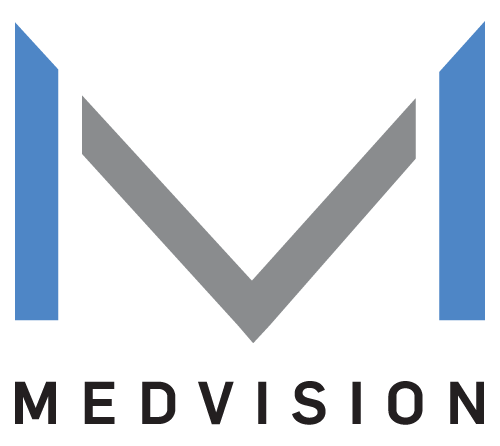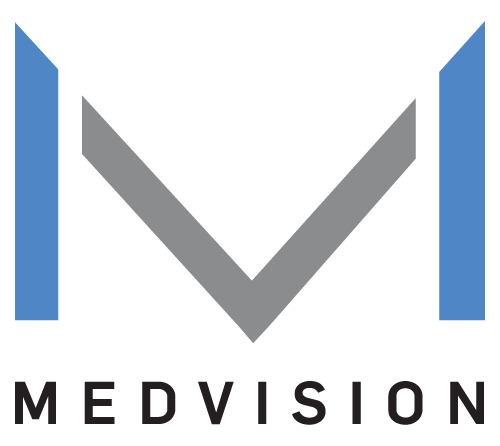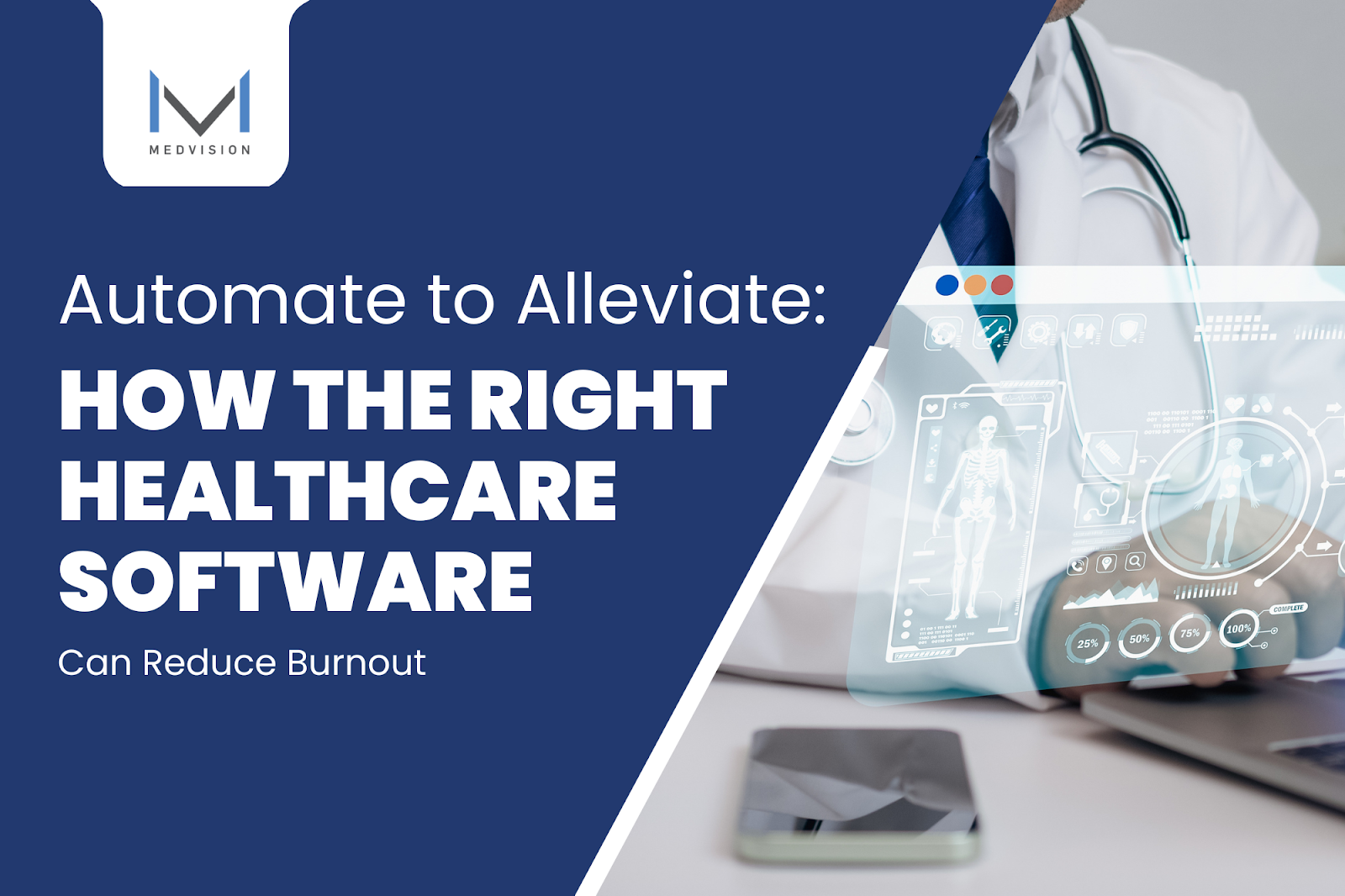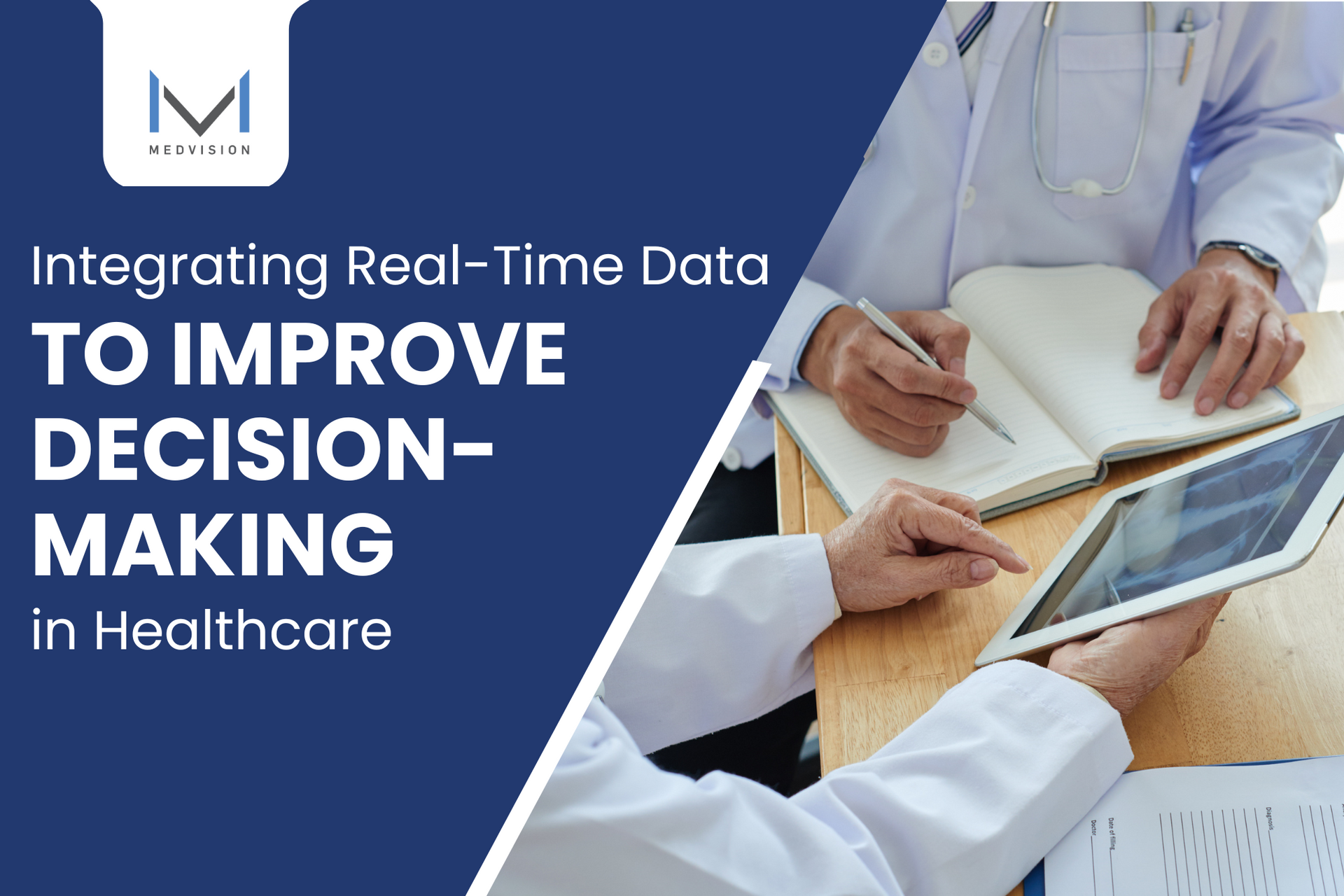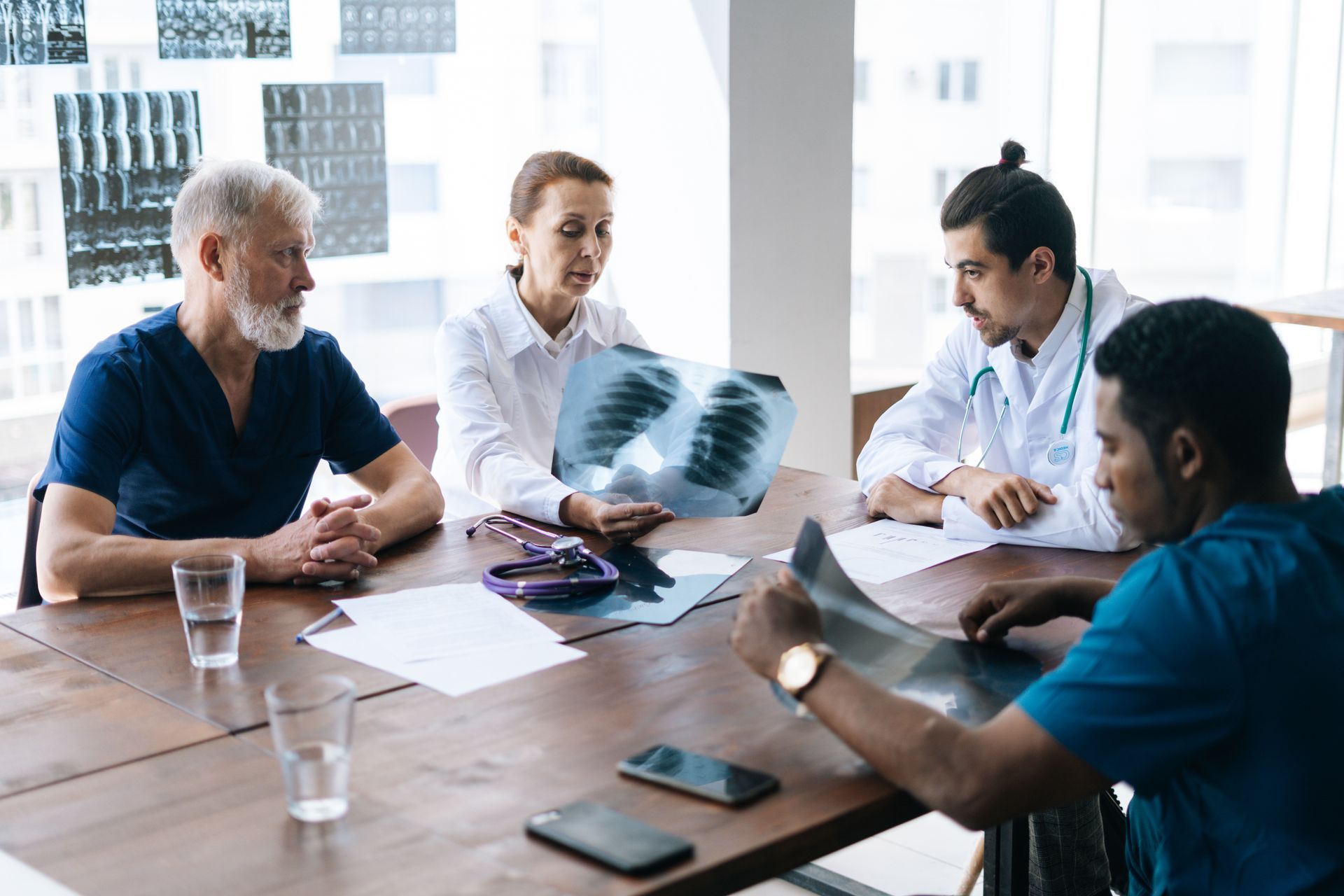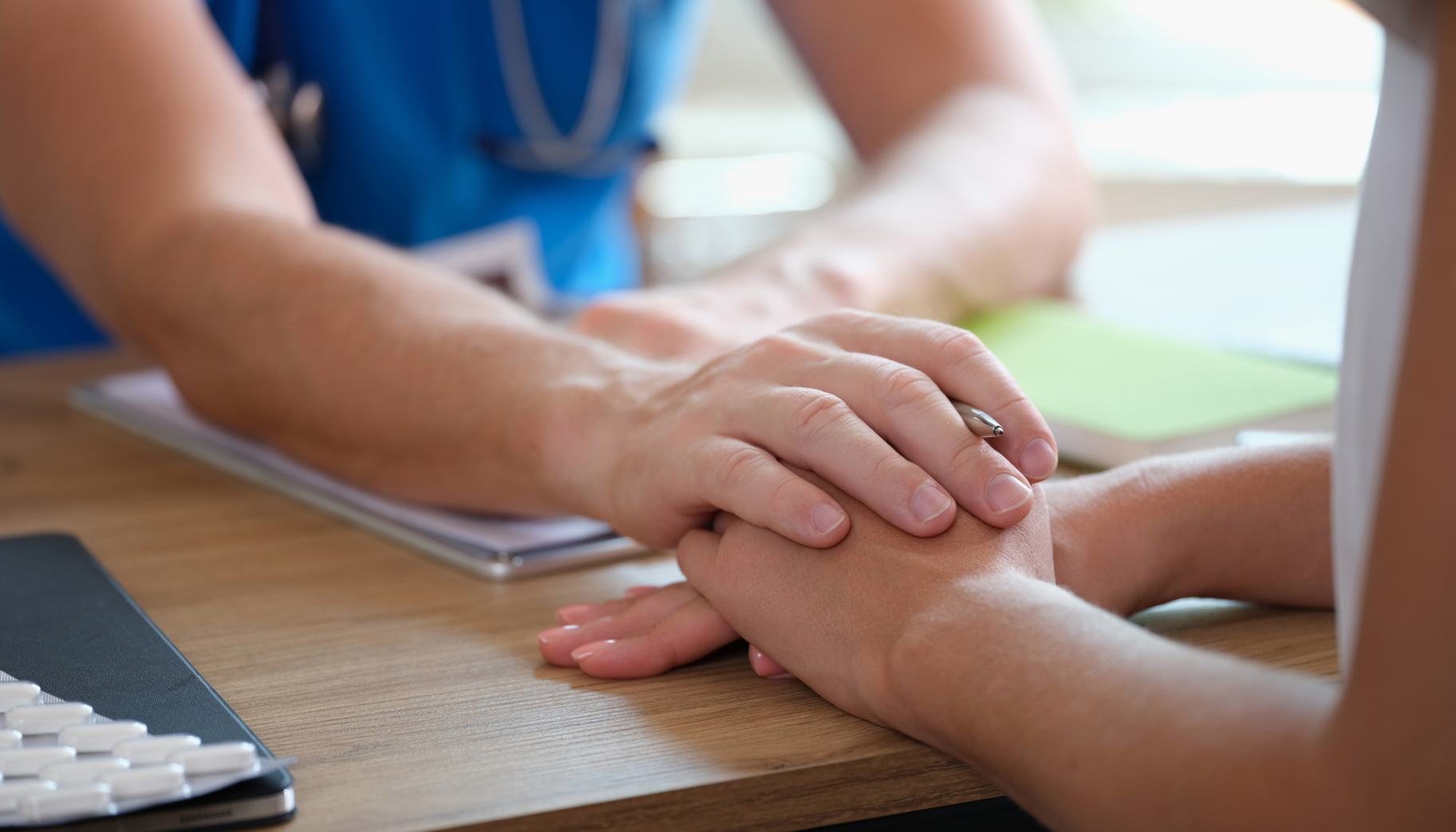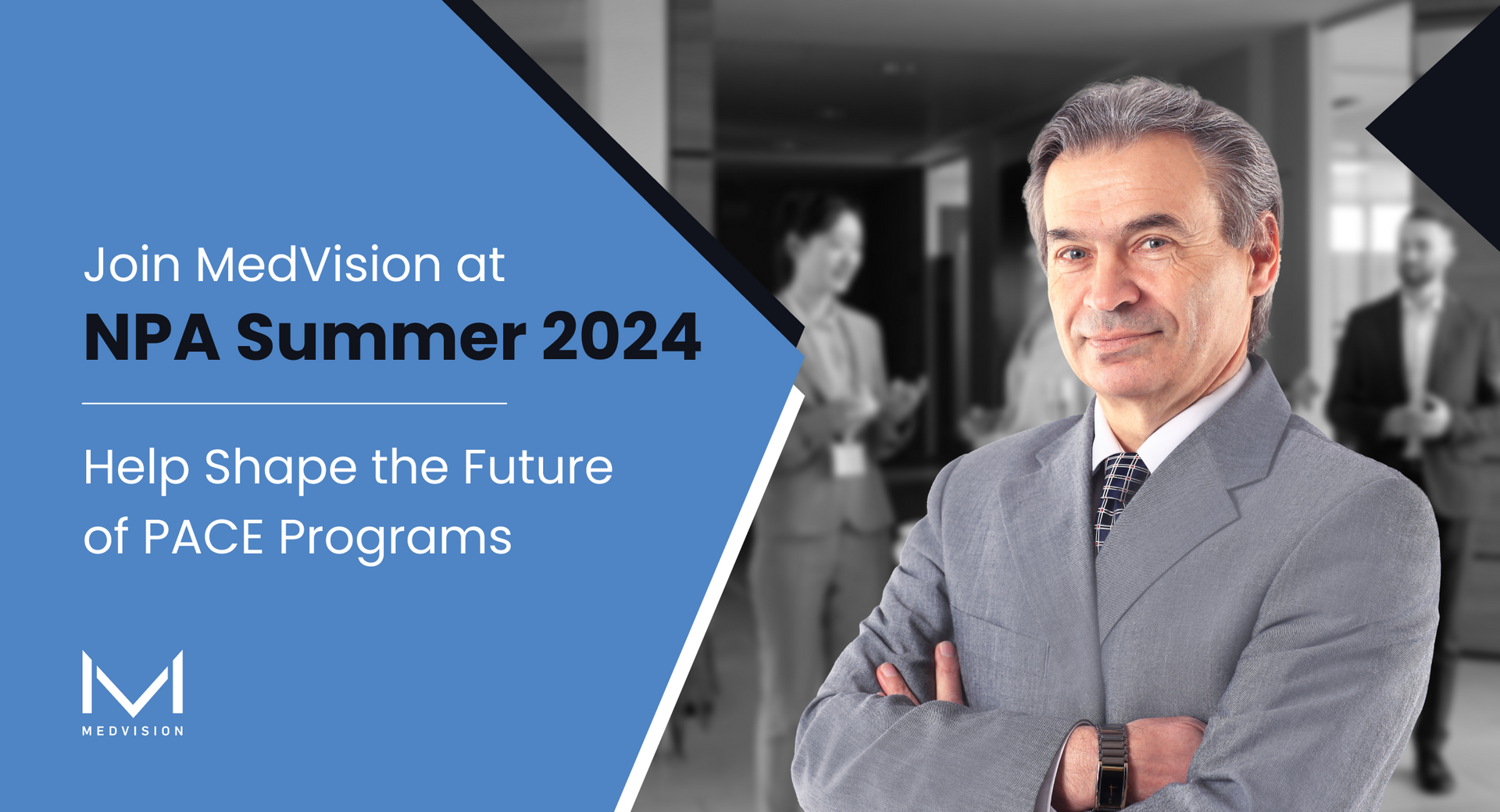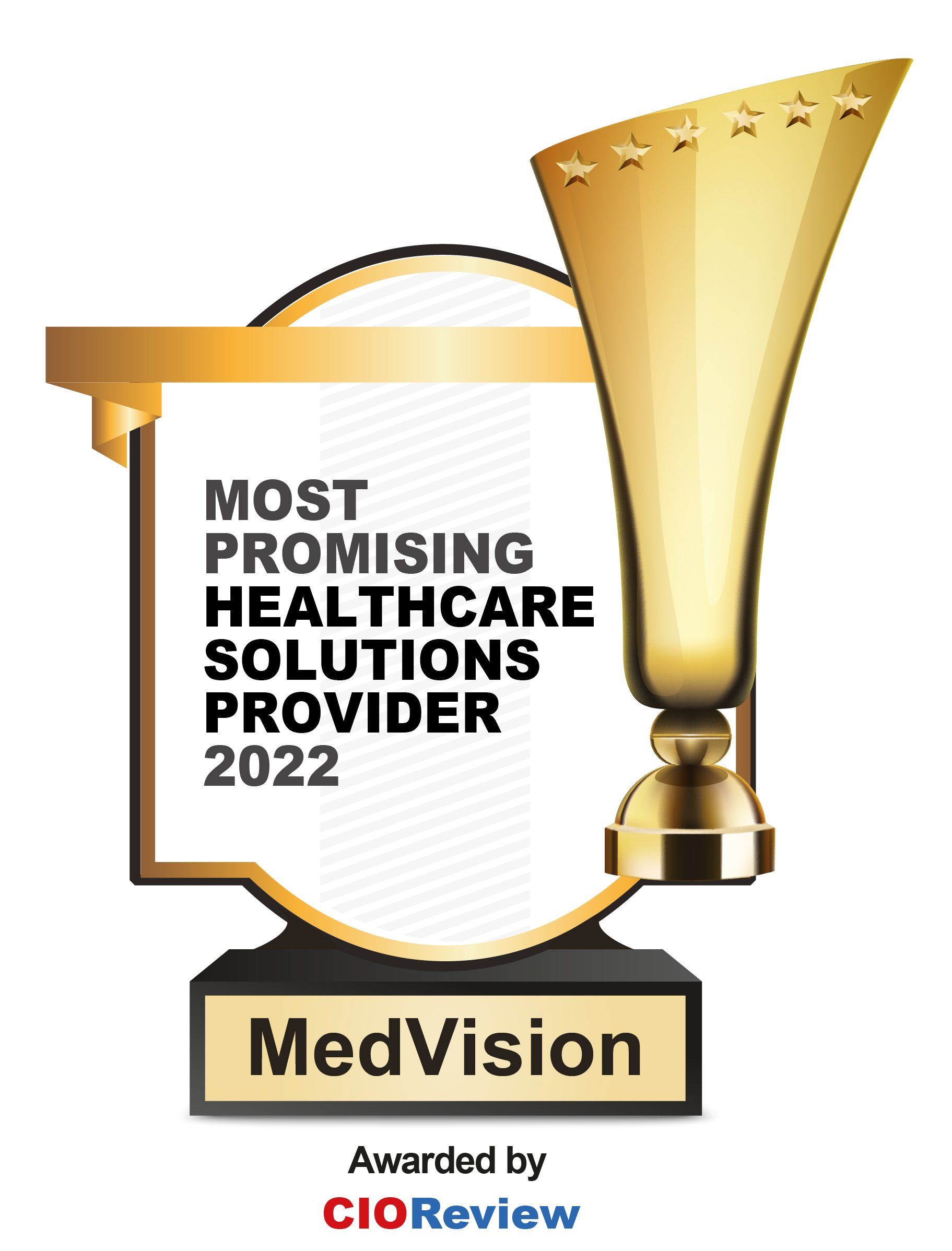What are Payviders and What Is Their Role in Risk Management?
The “payviders” concept revolutionizes the healthcare industry as a compelling solution to the longstanding conflict between payers and providers. By aligning payer and provider interests, payviders improve care coordination and promote population health management, paving the way for a truly integrated and collaborative approach to care. The payer-provider union captivates industry experts, patients, and stakeholders, generating a profound curiosity about its potential.
At the core of payviders lies a transformative and
holistic care delivery method, merging payer financial expertise with provider clinical knowledge. The powerful combination enables payviders to change the healthcare ecosystem and reshape how practices finance and deliver care.
Read More:
Advantages of PAYVIDERs: Success Strategies

Payviders: A
Paradigm Shift in Healthcare Coordination
To grasp the significance of payviders, one must understand how they differ from traditional providers (e.g., hospitals, clinics, etc.) and payers (e.g., insurance companies, government programs, etc.). In the conventional setup, providers deliver hospital services to patients, and payers handle the financial aspects, reimbursing the providers for rendered services.
Read More: Payment Methods Influence Healthcare Providers’ Service
Payviders disrupt this conventional model by consolidating both functions. The operational integration offers several advantages, including simplified administrative processes, improved care coordination, and enhanced data-sharing capabilities. Patients experience a smoother journey through the healthcare system, with reduced paperwork and quicker access to care.
As
value-based care models gain popularity, the focus moves from a fee-for-service approach to delivering quality patient outcomes. Payviders align perfectly with this change, effectively managing patient populations and incentivizing preventive care and wellness. The emphasis on value benefits patients and payers by reducing overall costs and improving health outcomes.
Read More: Highlighting the Importance of a Great Value-Based Care
Moreover, payviders foster greater collaboration among healthcare stakeholders. Healthcare professionals work together under one organizational structure, promoting a culture of cooperation and shared goals. Payviders’ collaborative approach contributes to more comprehensive and patient-centered care strategies.
Risk Redefined: The Payvider Approach to Integrated Care
Payviders represent a promising avenue for healthcare organizations to proactively tackle financial risk while focusing on delivering value-based care. They redefine risk management in the healthcare industry through integrated care coordination, data-driven decision-making, and population health management.

Improved Care Coordination
One of the most significant advantages payviders bring is enhanced care coordination. By overseeing the financing and delivery of healthcare services, they can align incentives to promote preventive care, reduce hospital readmissions, and focus on long-term patient outcomes. Collaboration among different healthcare professionals streamlines communication and enhances patient care quality.
Data-Driven Decision Making
Payviders harness the power of data analytics to inform their risk management strategies. With access to a wealth of patient data, they can identify high-risk populations, predict potential health issues, and implement proactive interventions to mitigate risks. Data-driven decision-making ensures efficient resource allocation, cost savings, and improved patient satisfaction.
Financial Risk Mitigation
Traditional fee-for-service models often expose healthcare providers to financial uncertainty, as revenue is contingent on the number of rendered services. Payviders, on the other hand, assume financial risk based on the agreed-upon payment arrangements. The shift from volume-based to value-based care allows payviders to prioritize patient outcomes. Focusing on preventive measures and chronic disease management fosters a more sustainable financial environment.
Read More:
How Value-Based Care Overtook the Fee for Service Model
Population Health Management
Payviders consider the overall health of their patient populations rather than just individual patients. They take a holistic view of health to implement wellness programs, health education initiatives, and targeted interventions to address prevalent health issues within their communities. The all-inclusive method that payviders take lessens the burden of expensive acute care services and promotes healthier, more engaged patient populations.

Conquer Payvider Challenges with QuickCap
Payviders, with responsibilities spanning payer and provider roles, understand the challenges of managing comprehensive patient care and financial risks. Leading payviders like yourself need a dependable and efficient care delivery tool to excel in this dual role.
With 29 years of experience in the healthcare technology industry, MedVision delivers innovative solutions to address operational concerns. MedVision’s QuickCap 7 (QC7) is the all-inclusive tool that equips you with everything you need to redefine healthcare excellence. From streamlining care coordination to harnessing advanced data analytics, conducting financial risk assessments, and ensuring compliance, QC7 propels payviders toward a future where value-based care reigns supreme.
Redefine Payvider Success in Risk Management!
References:
- Goldberg, Zachary N., and David B. Nash. “The Payvider: An Evolving Model.” Population Health Management 24, no. 5 (October 1, 2021): 528–30. https://doi.org/10.1089/pop.2021.0164.
- La Russa, Raffaele, and Stefano Ferracuti. “Clinical Risk Management: As Modern Tool for Prevention and Management of Care and Prevention Occupational Risk.” International Journal of Environmental Research and Public Health 19, no. 2 (January 12, 2022): 831. https://doi.org/10.3390/ijerph19020831.
- Network, Joint Learning. “3. Introducing the Key Stakeholders: Patients, Providers, Payors, and Policymakers (the Four P’s) – Connecting Health Information Systems for Better Health.” 3. Introducing the Key Stakeholders: Patients, Providers, Payors, and Policymakers (the Four P’s) – Connecting Health Information Systems for Better Health, n.d. https://pressbooks.pub/jln1/chapter/3-introducing-the-key-stakeholders-patients-providers-payors-and-policymakers-the-four-ps/.
- Stulick, Amy. “How Nursing Homes Can Find Value Via New Ways of Partnering with Managed Care Plans.” Skilled Nursing News, May 30, 2023. https://skillednursingnews.com/2023/05/how-nursing-homes-can-find-value-via-new-ways-of-partnering-with-managed-care-plans/.
Recently published articles
Keep in touch
Subscribe to get the latest update
Trending topics
Share your insights on social media
Upcoming events and company news
